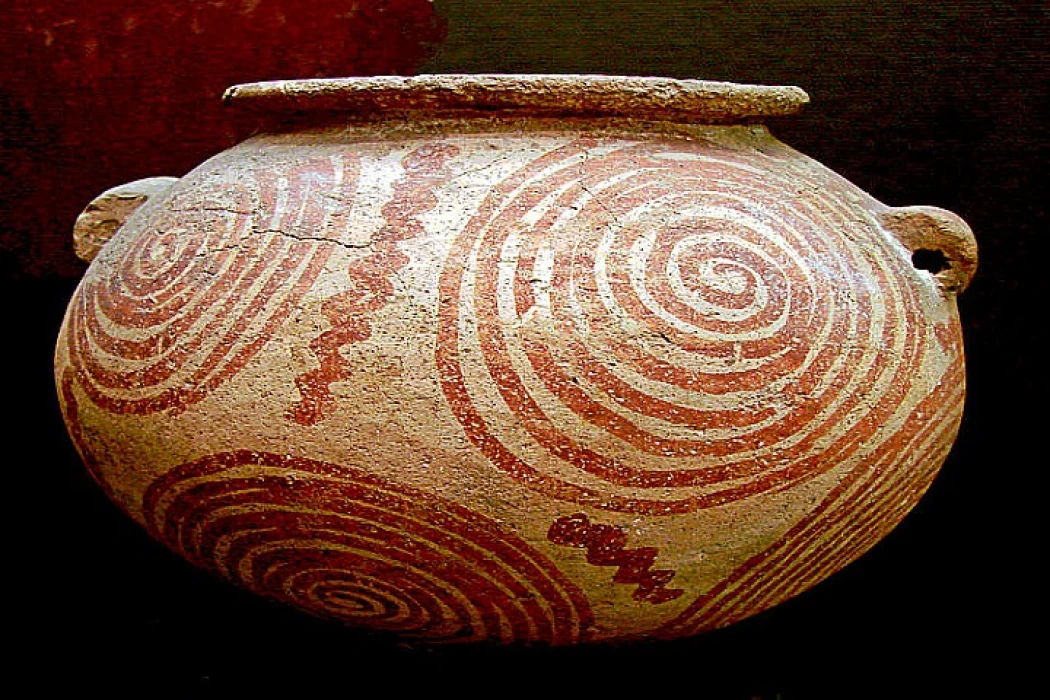
Naqada period in ancient Egypt
Details about the Naqada era in ancient Egypt
The Naqada people recorded several geometric and botanical design elements, as well as depictions of animals from their habitat and hunting activities on land and in rivers, on the outside and occasionally the interior surfaces of their ceramics. Their mud-covered tree branches made for simple dwellings; small copper tools and pins were discovered in the Naqada cemetery; their tombs were oval pits with little depth where the dead were positioned in a squat position, occasionally wrapped in goat skin.
Before the formation of the Egyptian state and during the Neolithic period, a growing homogeneity can be seen among the various civilisations that emerged along the Nile valley, which are named after their original locations, most notably Maadi (4000-3100 BC) in Lower Egypt, Badari (ca. 500-4000 BC) near Assiut and Naqada I (ca. 4000-3500 BC) in Upper Egypt near Luxor.
Nagada was a cemetery for one of the important Egyptian cities, the city of “Nupt”, which was a center for the worship of the god Set. Nagada is famous for its pottery, which played a prominent role in the history of prehistoric civilizations in Egypt, and the people of Nagada knew many types of pottery, including:
Black Rim Pottery
Pottery with white crossed motifs
Pottery with red trim.
The people of Naqada depicted on the external and sometimes internal surfaces of their pottery the animals found in their environment and the land and river hunting, and recorded many geometric and botanical decorative elements. As for their dwellings, they were simple, constructed from tree branches covered with mud, and some pins and other small tools made of copper were found in the Naqada cemetery, and their tombs were an oval pit of little depth and the deceased was placed like a squat and sometimes wrapped in goat skin.
This civilization is characterized by the fact that it laid the foundations of agricultural civilization and made great strides in the stone and metal industries, and it also expanded the use of copper in the manufacture of tools, and this civilization is characterized by the advancement of pottery, and the diversity of decorative elements and themes that were recorded on their surfaces. The people of Naqada succeeded in accurately depicting boats on the surfaces of their pottery, and they advanced in making weapons from antlers. As for their dwellings, they developed compared to the dwellings of the first people of Naqada, and they were rectangular and built of adobe bricks and their tombs.














